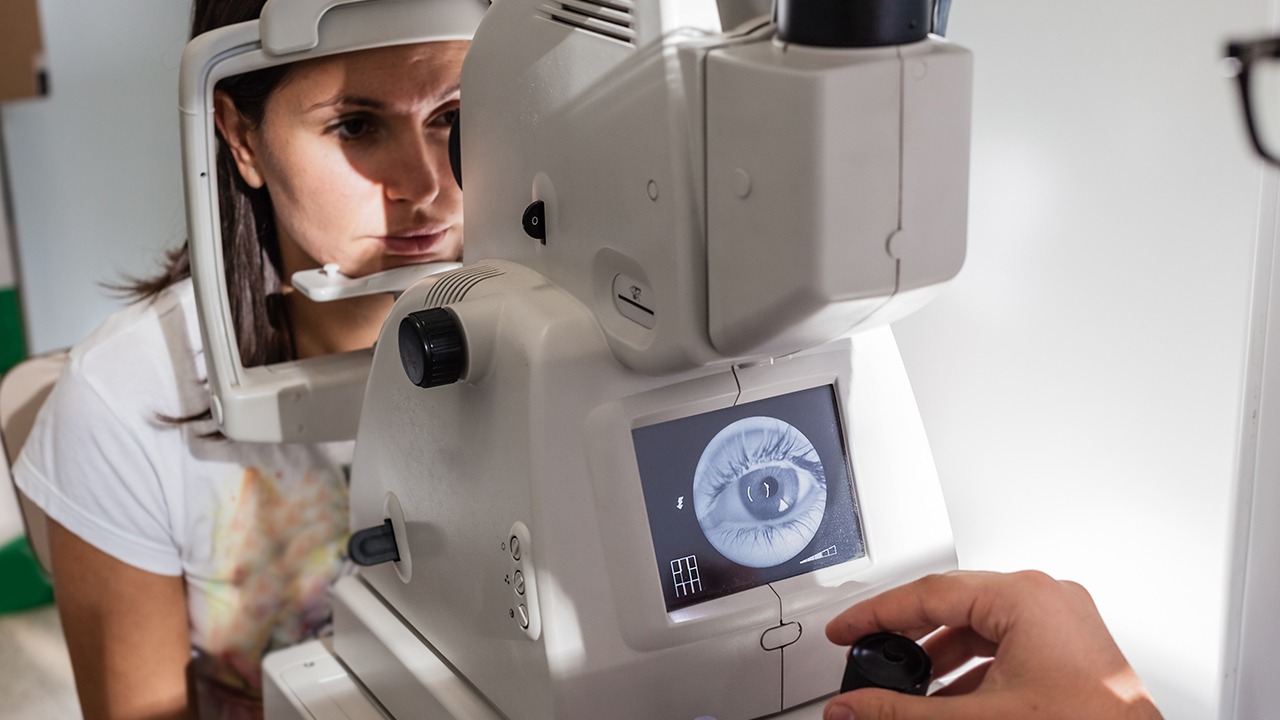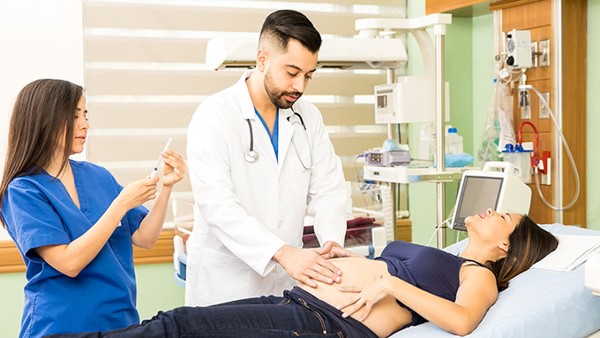Symptoms After Taking Tuberculosis Skin Test

Introduction
A tuberculosis (TB) skin test is a medical procedure used to check for infection with the bacteria that cause TB.
The test involves injecting a small amount of fluid (tuberculin) into the skin, then checking the injection site for swelling and redness after 48-72 hours.
A positive TB skin test usually indicates that the person has been infected with TB bacteria, but it does not necessarily mean that they have active TB disease.
Further testing is needed to determine if a person with a positive TB skin test has active TB disease.
The TB skin test is a safe and effective way to check for TB infection, but it can cause some side effects.
Common Symptoms After TB Skin Test
The most common side effects of the TB skin test are:
Swelling and redness at the injection site. This is the most common side effect of the TB skin test.
The swelling and redness usually start within 24-48 hours after the injection and can last for up to a week.
In most cases, the swelling and redness are mild and do not cause any discomfort.
Itching at the injection site. This is another common side effect of the TB skin test.
The itching can be mild or severe, and it can last for up to a week.
Pain at the injection site. This is a less common side effect of the TB skin test.
The pain is usually mild and goes away within a few days.
Swollen lymph nodes. The lymph nodes are small, bean-shaped organs located throughout the body.
They help fight infection.
After a TB skin test, the lymph nodes near the injection site may become swollen.
This is usually a mild side effect that goes away within a few weeks.
Serious Symptoms After TB Skin Test
In rare cases, the TB skin test can cause serious side effects, such as:
Anaphylaxis. This is a severe allergic reaction that can be life-threatening.
Symptoms of anaphylaxis include difficulty breathing, swelling of the face and throat, and a rapid pulse.
If you experience any of these symptoms after a TB skin test, seek medical attention immediately.
Erythema induratum. This is a skin condition that can develop after a TB skin test.
It is characterized by red, swollen, and painful nodules at the injection site.
Erythema induratum can be a sign of a more serious TB infection.
If you develop erythema induratum after a TB skin test, see your doctor right away.
Treatment for Symptoms After TB Skin Test
Most of the side effects of the TB skin test do not require treatment.
The swelling and redness at the injection site usually go away on their own within a week.
The itching can be relieved by applying a cold compress or calamine lotion to the injection site.
If the pain is severe, you can take over-the-counter pain relievers, such as ibuprofen or acetaminophen.
If you have any serious side effects after a TB skin test, such as anaphylaxis or erythema induratum, seek medical attention immediately.
Prevention of Symptoms After TB Skin Test
There is no way to completely prevent side effects from the TB skin test.
However, there are some things you can do to reduce your risk of developing side effects, such as:
Tell your doctor if you have any allergies, especially to tuberculin. If you are allergic to tuberculin, you should not have a TB skin test.
Tell your doctor if you have a history of skin reactions to other medical tests. If you have had a skin reaction to another medical test, you are more likely to have a skin reaction to the TB skin test.
Avoid scratching the injection site. Scratching the injection site can increase your risk of developing an infection.
Keep the injection site clean and dry. This will help prevent infection.
When to See a Doctor
You should see a doctor if you have any of the following symptoms after a TB skin test:
Swelling and redness at the injection site that is severe or does not go away after a week.
Itching at the injection site that is severe or does not go away after a week.
Pain at the injection site that is severe or does not go away after a few days.
Swollen lymph nodes near the injection site.
Any other symptoms that concern you.
The above is all the content that the editor wants to share with you. I sincerely hope that these contents can bring some help to your life and health, and I also wish that your life will be happier and happier.
Tags: #taking #after #symptoms









